Trump-Xi: time to be forthright
China is coming in from a position of strength to challenge American primacy in the Asia-Pacific, and the Trump administration needs to abjure the hopeful, hesitant approach of its predecessors
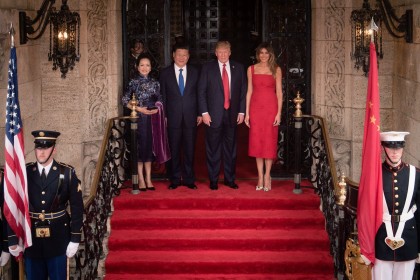 Courtesy: Wikimedia
Courtesy: Wikimedia
China is coming in from a position of strength to challenge American primacy in the Asia-Pacific, and the Trump administration needs to abjure the hopeful, hesitant approach of its predecessors
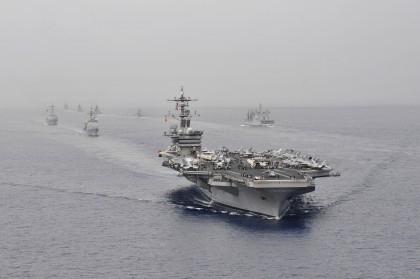 Courtesy: Wikimedia
Courtesy: Wikimedia
As the United States considers its policy options towards North Korea it must understand that Pyongyang has been thinking about military conflict for decades. It too will have military plans and they could pose major challenges for the U.S. This is why China and South Korea–and U.S. regional experts too–prefer the diplomatic route
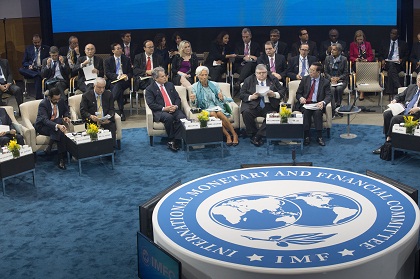 Courtesy: IMF/ Flickr
Courtesy: IMF/ Flickr
The IMF spring meetings on April 21-23 will take place amidst good news of the global economy moving into a better position. But the underlying fundamentals are still weak both in advanced countries and emerging markets, with the risks considerable. Economic policy makers must recognise and address the challenges with global consensus and multilateral actions
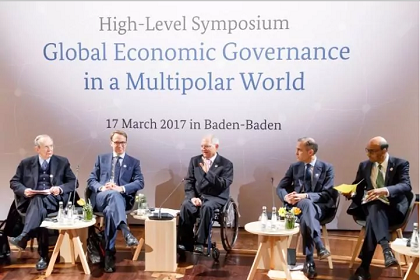 Courtesy: The Telegraph
Courtesy: The Telegraph
President Trump’s “America First” rhetoric has eroded support for the commitments that leaders made at previous G20 summits regarding trade: rejecting protectionism and strengthening the multilateral trading system. What implications does this have for global trade? Will the more moderate voices in the administration get heard?
 Courtesy: Channel News Asia
Courtesy: Channel News Asia
Allegations of corruption brought down erstwhile South Korean president Park Geun-Hye. Now, there are many changes afoot: the new president who will be elected in May will face some crucial dilemmas that may affect the country’s relations with China and North Korea, besides the U.S.
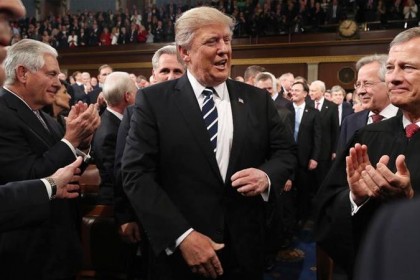 Courtesy: Al Jazeera
Courtesy: Al Jazeera
Forecasting uncertainty is a full-fledged task for security and foreign policy analysts, but when countries resort to being unpredictable then it is likely to backfire. Uncertainty about his next course of action seems to be Trump’s defining characteristic. How India will manage this to better relations will be critical
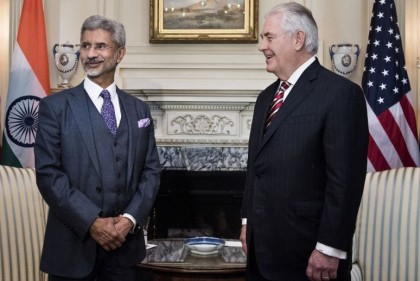 Courtesy: AFP
Courtesy: AFP
Foreign Secretary Jaishankar’s third visit to the United States since Donald Trump's election is an indication of India’s commitment to engage with all-quarters in Washington with its full diplomatic might. Despite the current situation of concern due to the H-1B visa and the recent shooting of an Indian in Kansas, initial soundings are reassuring and positive.
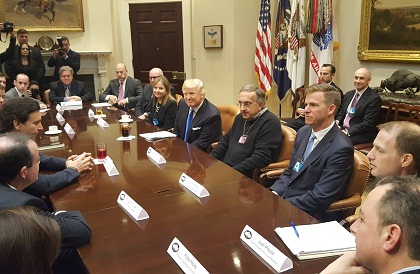 Courtesy: Wikipedia Commons
Courtesy: Wikipedia Commons
President Trump has moved to deliver on his campaign promises with rare alacrity: his executive actions cover everything from policies on trade and energy to bringing back manufacturing to America. But he has also been walked back on some of his explosive assertions while ambiguity looms large over several issues
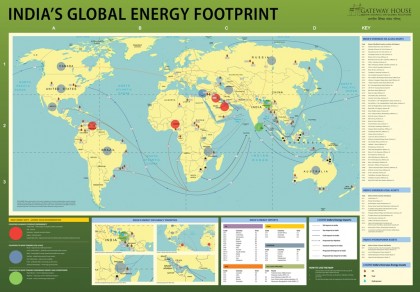 Courtesy: Gateway House
Courtesy: Gateway House
Trends in technology, geopolitics and geoeconomics have dramatically transformed the global energy scenario in the last two years. This means favourable conditions for import-dependent India, which must use the opportunities available to reduce its vulnerability to high energy prices. The jump in oil prices past the $60 mark suggests that India must act with alacrity. India’s Energy Footprint Map offers a profile of India’s global trade and investment in energy, and indicates what India can do to access cheap and reliable supplies
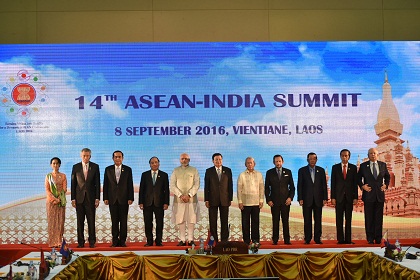 Courtesy: MEA/ Flickr
Courtesy: MEA/ Flickr
The Indo-Pacific region is home to some of the largest and most rapidly growing economies as also powerful military forces. Nuclear threats, international terrorism and climate change are some of the issues that define the region. Uncertainty dogs relations among the four nations in the top league—U.S., China, India and Japan—but what is emerging is a hawkish, policy stance from the U.S. as opposed to an isolationist outlook apprehended earlier